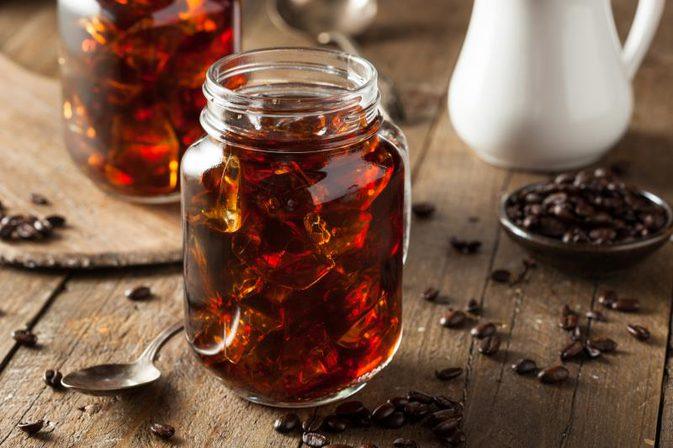Many people ask us about the coffee milling processes and the best results with fresh whole bean coffees. Let's take a moment for you to explore...
Washed Coffee
In the washed process, beans are completely de-pulped, removing all of the cherry fruit. Then they are soaked and allowed to ferment for 12 to 72 hours before being washed clean of any remaining fruit and dried. It is probably the most common method for preparing green coffee beans. Washed process coffees usually have a bright, clean taste. Most Central and South American coffees use this method and most East African coffees are also washed process. Decades ago the washed process was the most preferred of the milling process, but I am dating myself, aren't I?
Natural or Dry Process Coffee
This is the most traditional process method. In the natural or dry process, whole coffee cherries are left to dry in the sun, leaving the fruit on the bean, allowing it to “raisin-ify” around the bean. Natural fermentation occurs resulting in the creation of complex flavors and sugars. This is a longer process than other methods. Naturally processed coffees often have complex fruity notes in the final cup like berries or citrus. Good examples of natural coffees are our Ethiopian Harrar or Sidamo Guji, the Misty Valley Yirgacheffe, El Salvador Santa Ana, and Nicaragua organic Isabelia natural. Years ago, the natural process was not popular and, in many instances, were considered to be the seconds of the preferred washed processed coffee beans.
What is Honey Processed Coffee?
Pulped natural or honey process is a method in which the fresh coffee cherries are de-pulped, but allowed to dry without washing. Some of the fruit is still there, but not nearly as much as in the natural process. Most of the cherry is gone, but the remaining golden, sticky mucilage is reminiscent of honey, which is where the process gets it name.
One benefit to producers is that honey processing uses less water. Allowing the fruit to dry on the bean means that it can be physically removed during milling rather than being washed off as is typical of washed coffees. Typically, these coffee types have a heavier body in the finish of the cup.
Yellow, Red, and Black Honey Processing
During the honey process, as the coffee is drying, the sticky coating on the outside of the beans oxidizes and darkens in color. Beginning a golden yellow color, coffee which is stopped at this point is referred to as yellow honey process coffee. Allowing the coffee to continue fermenting, the mucilage further oxidizes to a red and finally a black color. The more fruit is left on the bean the darker the color as well. Black honey processed coffee can also have more fruit left on the bean during the drying process than yellow honey coffee.
As the coffee beans dry, yellow honey process coffee is turned more often to encourage drying, red and black are turned less often. It is the length of that drying process which allow the coffees to develop more or less fruity flavors.
Did you know?
Ground roasted beans lose their optimal flavor in about 2 days and
Whole roasted beans lose their optimal flavor in about 8 weeks.
If your coffee wasn't roasted just before you purchased it, chances are, it isn't fresh. The difference in flavor between fresh coffee and stale coffee is not subtle.
Did you know that without fresh coffee, your espresso machine will have a hard time producing that thick crema you are trying so hard to achieve? Drip, French Press, Vacuum or espresso - every brewing method will produce better results with fresh coffee and this is why we custom roast to your order.
Or try purchasing our carefully selected green beans, roast at home, and add your roasting skill to your culinary arts!
Please take a moment to explore our website at RhoadsRoast Coffees & Importers. Try something new and decide for yourself. Or, better yet, for personal assistance chat with us or contact us, and let help you.
Thanks for reading ☕😊
